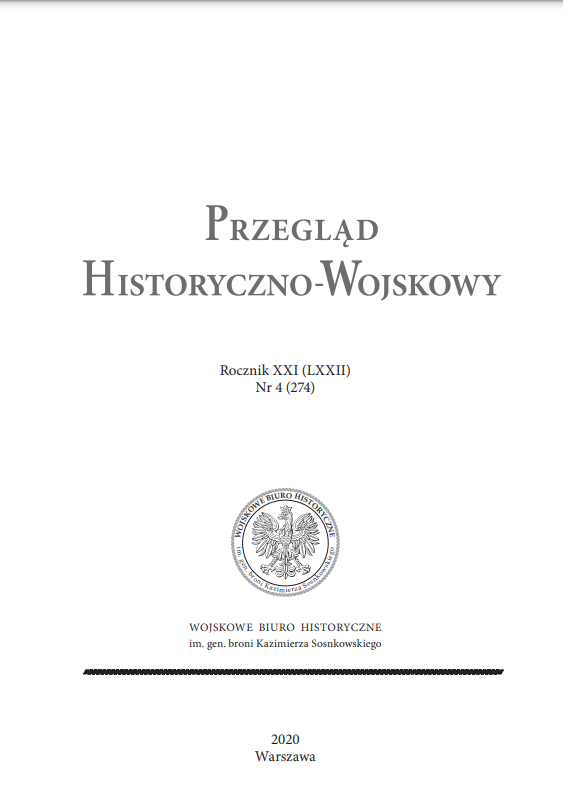Jan Kotyza, żołnierz Armii Krajowej, Batalionów Chłopskich, ludowego Wojska Polskiego – zarys biograficzny
Jan Kotyza, Soldier of the Home Army, Peasants’ Battalions, Polish People’s Army – a Biographical Outline
Author(s): Wojciech PaduchowskiSubject(s): Politics / Political Sciences, History, Recent History (1900 till today), Pre-WW I & WW I (1900 -1919), Interwar Period (1920 - 1939), WW II and following years (1940 - 1949)
Published by: Wojskowe Biuro Historyczne im. gen. broni Kazimierza Sosnkowskiego
Keywords: Jan Kotyza;Polish Underground State;Home Army;Peasants’ Battalions;Peasant movement;Cracow district;World War II;underground work;Bieńczyce;Polish People’s Army
Summary/Abstract: The article presents a biographical outline of Jan Kotyza, a soldier of the Home Army, Peasants’ Battalions and the Polish People’s Army. He was born in Bieńczyce near Cracow in a peasant family. Thanks to the persistence of his parents and teachers he finished high school and then studied physical education at the Jagiellonian University. Just before the outbreak of World War II, Kotyza took over the position of manager of the newly built city stadium at 3 Maja Avenue in Cracow. He was a reserve officer but did not take part in the Polish campaign of 1939. During the occupation he got involved in underground work. Initially, it consisted only in the distribution of underground magazines. He joined the Union of Armed Struggle (ZWZ) and took pseudonym „Krzemień”. Initially he organized a platoon in the villages of Bieńczyce, Krzesławice and Mistrzejowice. Then he became the commander of the ZWZ post „Mogiła”, which included municipalities: Mogiła, Ruszcza and Węgrzce. He left the ZWZ to join the Peasants’ Battalions (BCh). At the same time he became a member of the underground People’s Party „Roch”. After the BCh where merged with the Home Army, he took command of the „Pająk” battalion. In 1943, he was promoted within the BCh and became commander of the Cracow district codenamed „Forest Inspectorate No. 6”. Shortly after the liberation from the Germans, he answered the call of the new authorities to join the so-called Polish People’s Army. Initially he was not sent to the front, eventually he was sent to the 2nd Army. He did not manage to take part in fights against the Germans. He was near Dresden, from where he was withdrawn through Wrocław to Rzeszów, where he took part in fights with the Ukrainian Insurgent Army. After being demobilized, he returned to his hometown.
Journal: Przegląd Historyczno-Wojskowy
- Issue Year: XXI/2020
- Issue No: 4
- Page Range: 145-169
- Page Count: 25
- Language: Polish

